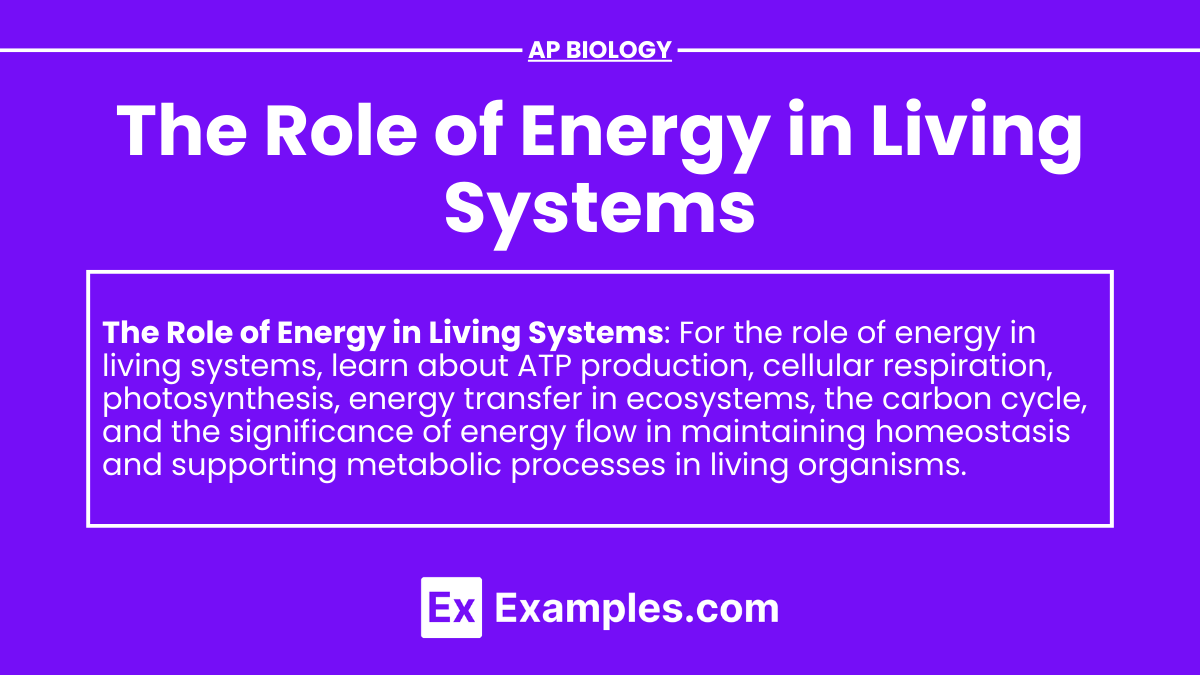In AP Biology, understanding the role of energy in living systems is crucial. Energy, primarily in the form of chemical energy, drives all biological processes. The chemical properties of molecules like ATP allow them to store and release energy efficiently, powering cellular activities. This energy is vital for maintaining homeostasis, enabling growth, and supporting reproduction, making it a key topic for biology students.
Learning Objectives
Learning objectives for AP Biology on the role of energy in living systems include understanding how polysaccharides store chemical energy and their breakdown releases energy for cellular processes. Students should explain energy flow in an ecosystem and the importance of energy transfer between living organisms. Additionally, understanding the role of energy in ecology helps students comprehend how organisms interact with their environment and sustain biological systems.
Sources of Energy
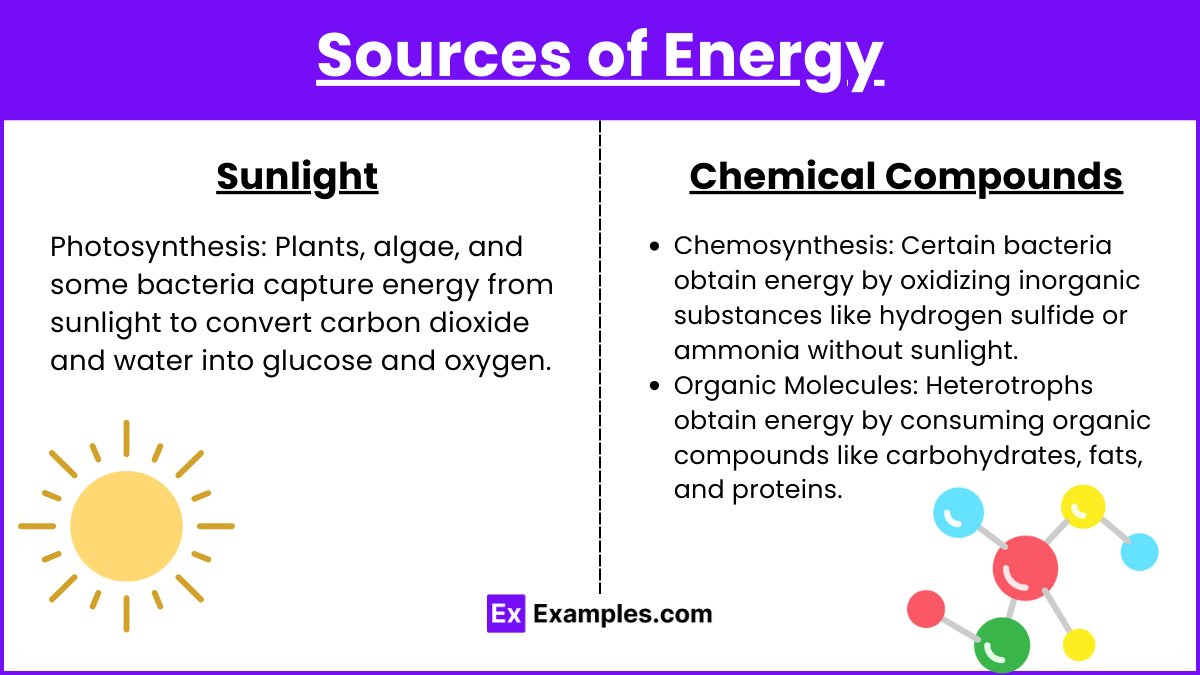
Sunlight
- Photosynthesis: Plants, algae, and some bacteria capture energy from sunlight to convert carbon dioxide and water into glucose and oxygen.
Chemical Compounds
- Chemosynthesis: Certain bacteria obtain energy by oxidizing inorganic substances, such as hydrogen sulfide or ammonia, without the need for sunlight.
- Organic Molecules: Heterotrophs obtain energy by consuming organic compounds like carbohydrates, fats, and proteins.
Forms of Energy in Biological Systems
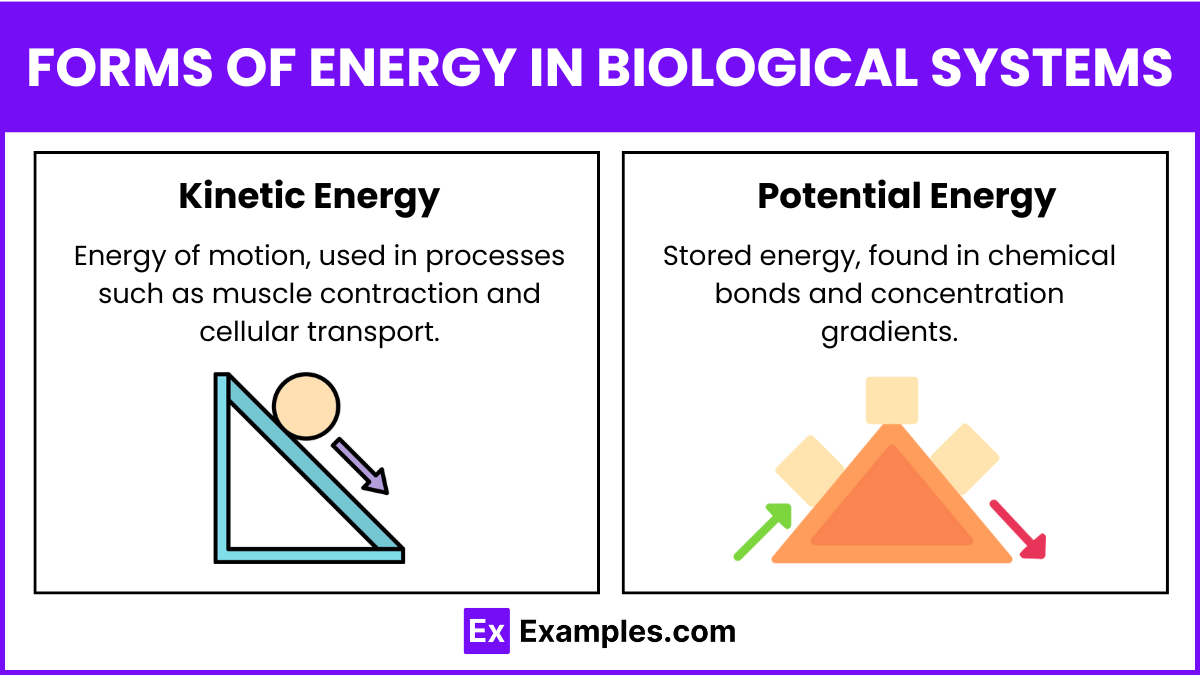
Kinetic Energy
- Energy of motion, used in processes such as muscle contraction and cellular transport.
Potential Energy
- Stored energy, found in chemical bonds and concentration gradients.
ATP: The Energy Currency
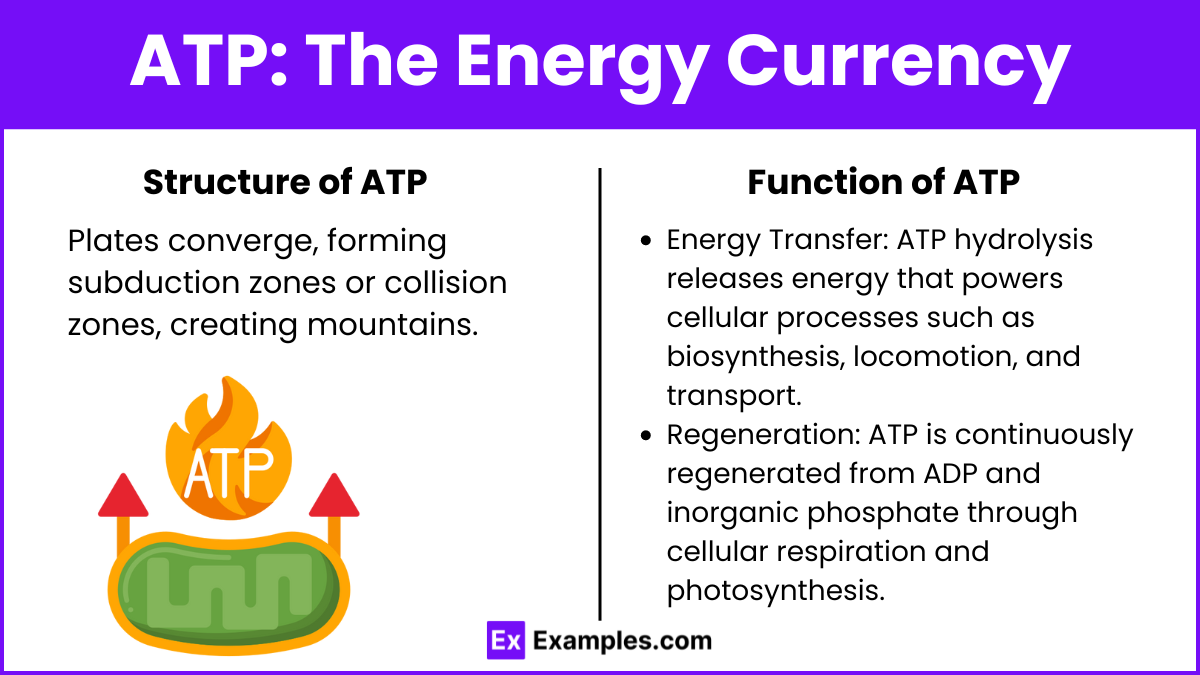
Structure of ATP
- Adenosine Triphosphate (ATP) consists of adenine, ribose, and three phosphate groups. The high-energy bonds between phosphate groups store potential energy.
Function of ATP
- Energy Transfer: ATP hydrolysis releases energy that powers cellular processes such as biosynthesis, locomotion, and transport.
- Regeneration: ATP is continuously regenerated from ADP and inorganic phosphate through cellular respiration and photosynthesis.
Cellular Respiration
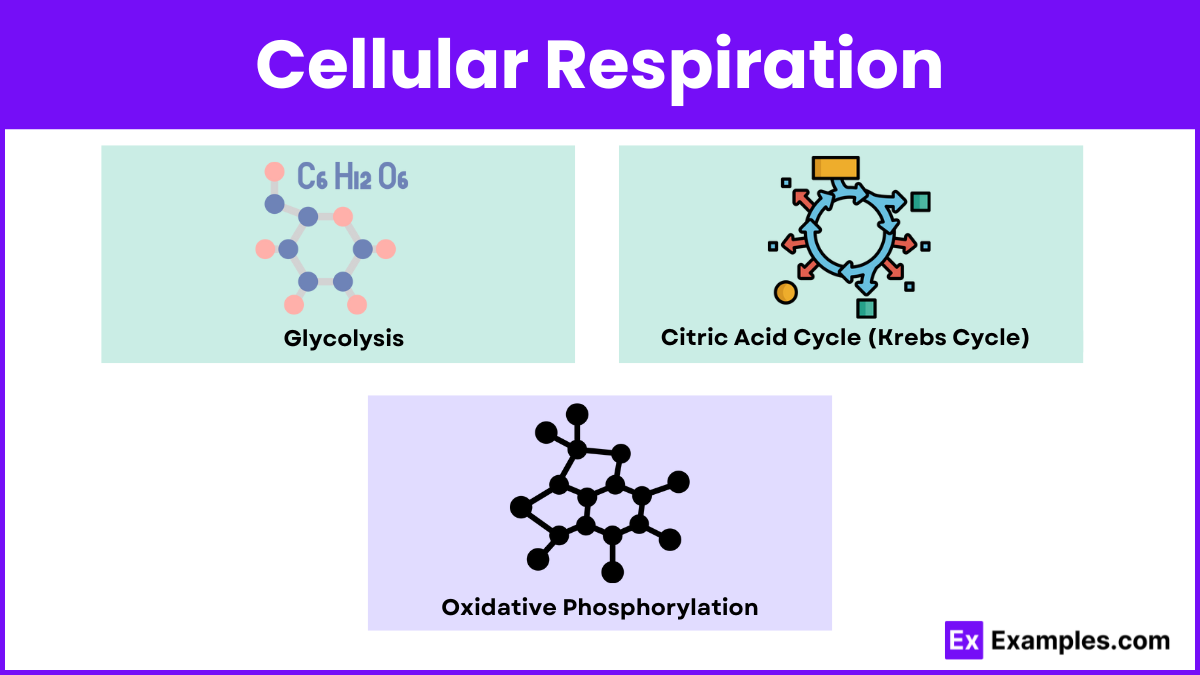
Glycolysis
- Location: Cytoplasm
- Process: Glucose is broken down into pyruvate, producing a small amount of ATP and NADH.
Citric Acid Cycle (Krebs Cycle)
- Location: Mitochondrial matrix
- Process: Acetyl-CoA is oxidized, generating NADH, FADH2, and ATP.
Oxidative Phosphorylation
- Location: Inner mitochondrial membrane
- Process: NADH and FADH2 donate electrons to the electron transport chain, creating a proton gradient that drives ATP synthesis via chemiosmosis.
Photosynthesis
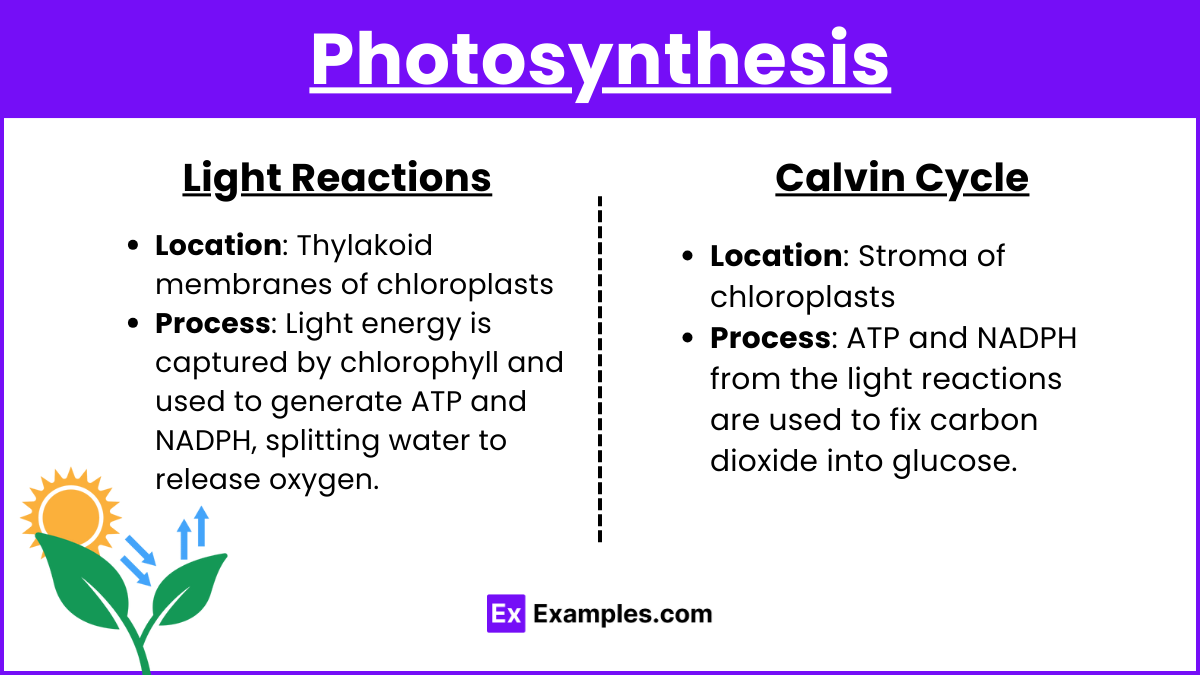
Light Reactions
- Location: Thylakoid membranes of chloroplasts
- Process: Light energy is captured by chlorophyll and used to generate ATP and NADPH, splitting water to release oxygen.
Calvin Cycle
- Location: Stroma of chloroplasts
- Process: ATP and NADPH from the light reactions are used to fix carbon dioxide into glucose.
Metabolic Pathways

Anabolism
- Definition: Building up of complex molecules from simpler ones, requiring energy input.
- Examples: Protein synthesis, DNA replication, and photosynthesis.
Catabolism
- Definition: Breakdown of complex molecules into simpler ones, releasing energy.
- Examples: Glycolysis, citric acid cycle, and fatty acid oxidation.
Energy Transfer in Cells
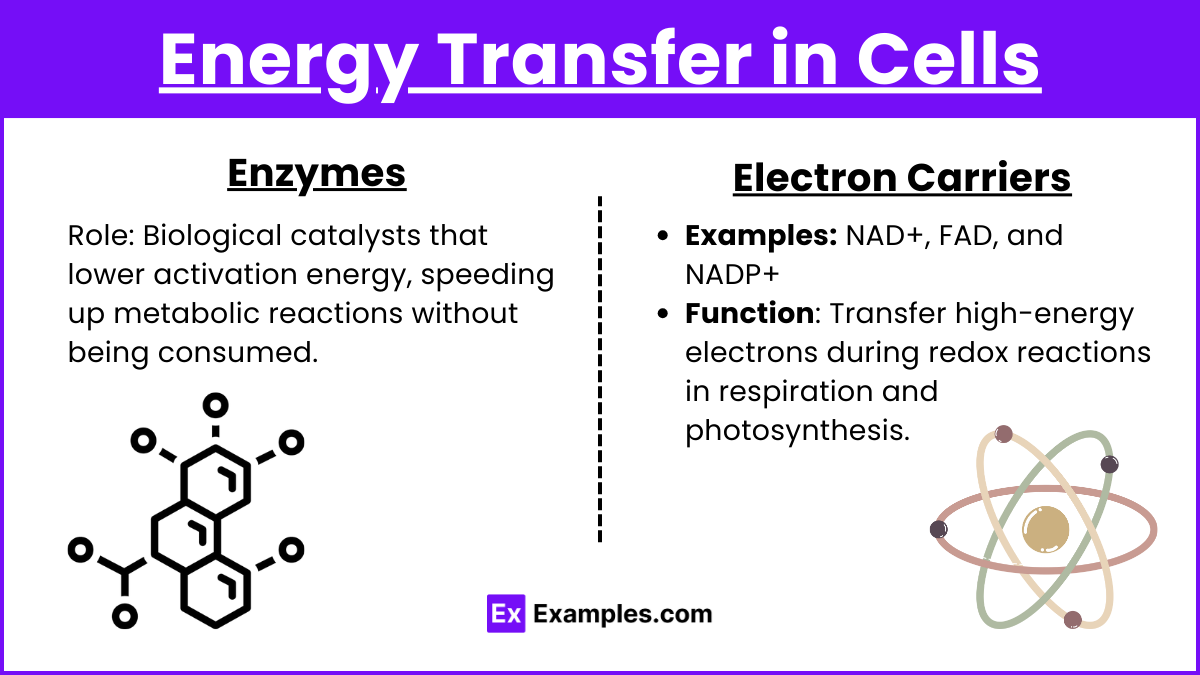
Enzymes
- Role: Biological catalysts that lower activation energy, speeding up metabolic reactions without being consumed.
Electron Carriers
- Examples: NAD+, FAD, and NADP+
- Function: Transfer high-energy electrons during redox reactions in respiration and photosynthesis.
Thermodynamics in Biology
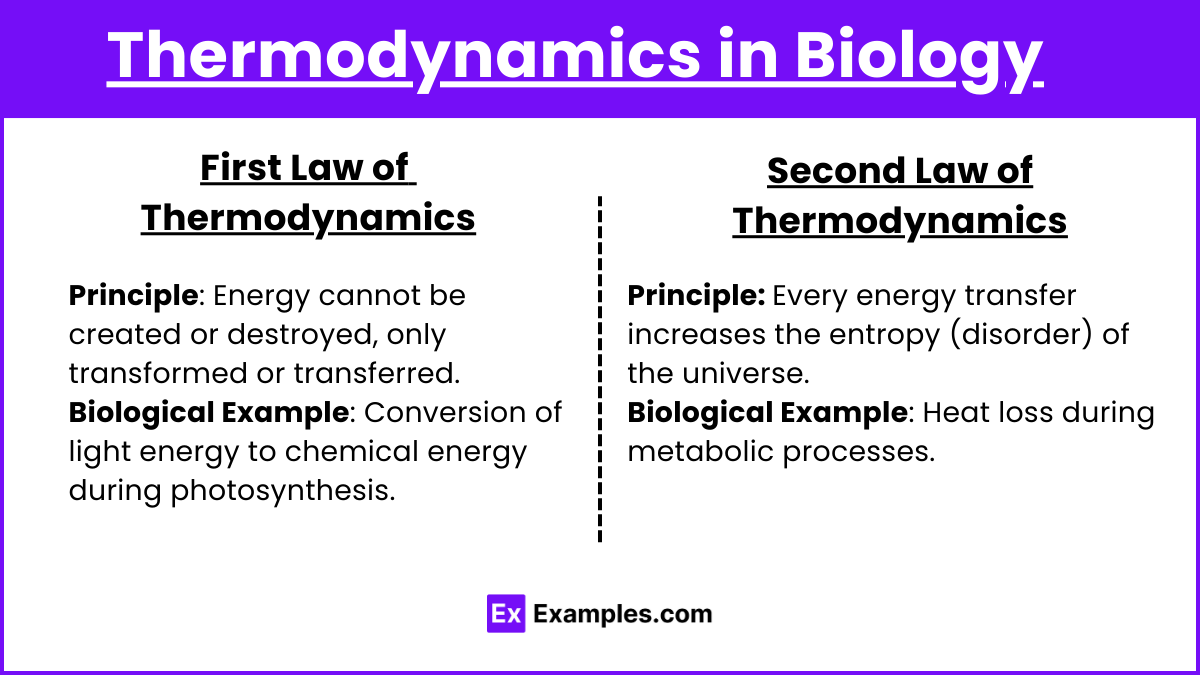
First Law of Thermodynamics
- Principle: Energy cannot be created or destroyed, only transformed or transferred.
- Biological Example: Conversion of light energy to chemical energy during photosynthesis.
Second Law of Thermodynamics
- Principle: Every energy transfer increases the entropy (disorder) of the universe.
- Biological Example: Heat loss during metabolic processes.
Cellular Energy Management
ATP-ADP Cycle
- Process: ATP releases energy when hydrolyzed to ADP; ADP is recharged to ATP in cellular respiration.
Energy Storage
- Short-term: ATP, glucose
- Long-term: Glycogen (in animals), starch (in plants), and fats.
Importance of Energy Efficiency
Survival and Adaptation
- Efficient energy use is crucial for survival, reproduction, and adaptation to environmental changes.
Regulation
- Cells regulate metabolic pathways to ensure energy is available when needed and conserved during scarcity.

